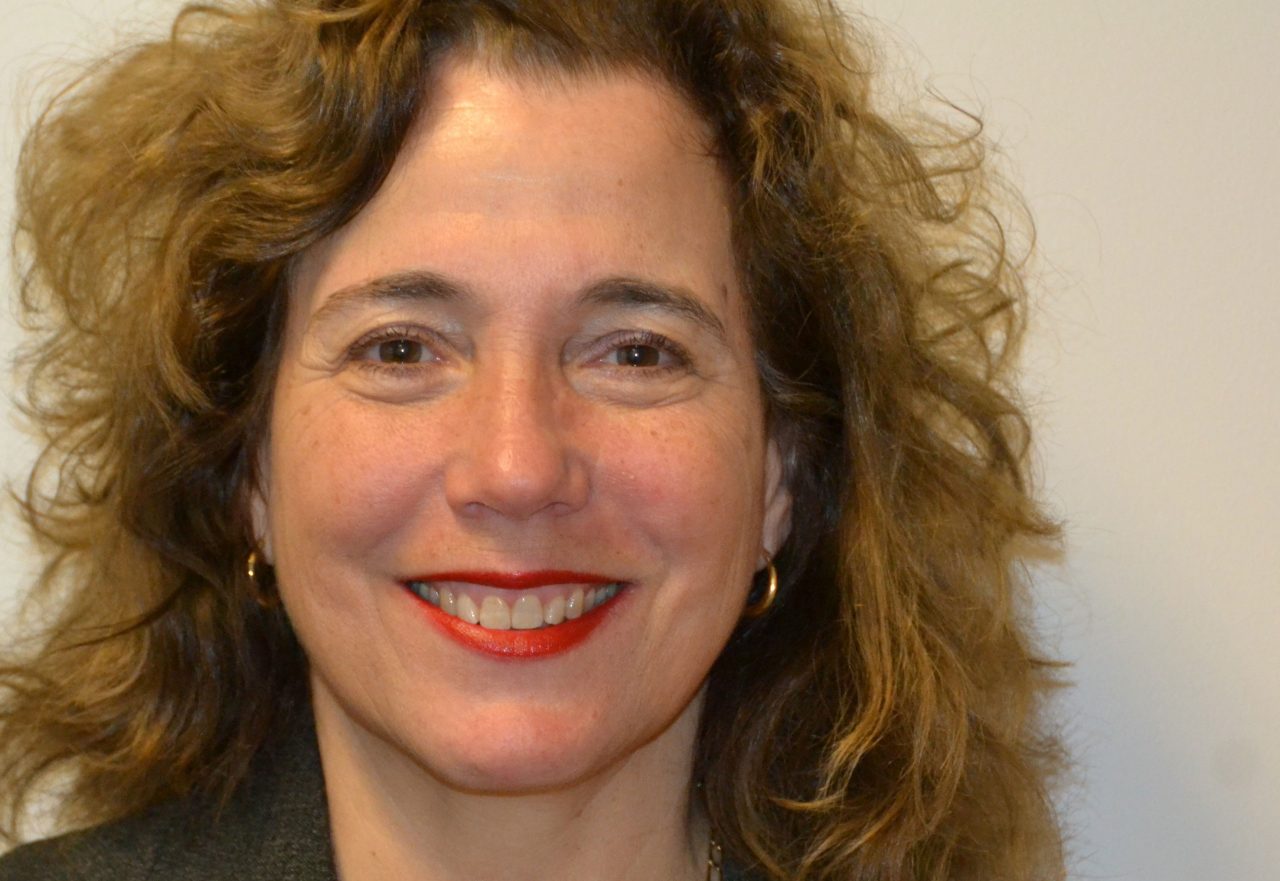Children with Disabilities Are Human, Too

Occupational therapist Karen Jacobs delivers a powerful message about empathy to children.
“You never really understand a person until you consider things from his point of view … until you climb around in his skin and walk around in it,” Atticus Finch says to his daughter, Scout, in an oft-quoted line from “To Kill a Mockingbird.”
It’s a powerful lesson in empathy — the exact lesson Karen Jacobs aims to teach kids through a book series she’s penned about children with disabilities. “I thought I could use children’s literature as a way to portray children with disabilities more accurately,” she says.
Jacobs, who is an occupational therapist and professor at Boston University, has co-authored nine books on the subject. At the core of each story are themes of understanding, compassion, and kindness. “Make New Friends” tells the story of Pacey, an elementary schooler with cerebral palsy who has to navigate a field trip on crutches. “Otter Awesome!” is a fanciful animal tale about an otter named Owen who looks out for his blind sister, Ruth. “Sisters at the Beach” focuses on Liz, a six-year-old who must explain to friends why her older sister has to ride a wheelchair to the ocean’s edge.
YOU MIGHT ALSO LIKE: More #IGiveBeyond Stories
A book series is born
Jacobs has always loved to write, and for many years she’d wanted to create educational books about disabilities to encapsulate many of her experiences as an occupational therapist. Yet work and other commitments kept relegating the project to the back burner. Then in 2011, while receiving an occupational therapy award at a Canadian conference, Jacobs met Paulette Bourgeois, author of the “Franklin” children’s book series. Bourgeois encouraged her to move forward. “She said ‘Go for it. You can publish it yourself.’ I had never thought of that.”
Jacobs did some research, learned how to self-publish, and found a co-author in colleague Leah Miller. Her first effort, “How Full is Sophia’s Backpack,” was released in 2012. It led to a series of collaborations with various authors and illustrators — most of them her students.
Producing each book is an extensive process that starts with careful research. “I have the students investigate thoroughly the challenge we’re going to be discussing, to make sure we portray the child and the parents accurately,” she says.
Many of the books recount real-life stories. “Sisters at the Beach” is about co-author Carol Haver’s own sister, who was diagnosed with a serious health condition. An upcoming title, “Grandma Ruthie,” tells the story of Jacobs’ mother, Ruth, who recently passed away from dementia. “My mother moved in with my niece and her family, and my grandniece Alizha used to get very angry when my mother would hide her toys in her pockets, or try to eat the fish out of the fish bowl,” Jacobs says. “I think a lot of children don’t understand when something like dementia happens to their grandparent.”
Once each book is completed, Jacobs puts it through a series of evaluations, from the parents of a child with that particular disability — to an even tougher critic. “My eight-year-old granddaughter, Sophie, reviews every book before I print it,” Jacobs laughs. “She tells me honestly what she likes — and what she doesn’t like.” Jacobs also beta-tests the books, reading them to her grandchildren’s elementary school classes to make sure the messages resonate with their intended audience.
A labor of love
Jacobs sells her books on Amazon and Barnes and Noble, but more for dissemination than money. “This has never been something that I thought would be lucrative,” she says. “It has been such a love and passion for me.”
Her wish is to eventually have her books incorporated into programs for low-income preschoolers. “I would love for the books to get out to Jump Start so children all over the country can read them,” she says.
She wants to spread the message that people with disabilities are just like everyone else. “This person just happens to have a funny walk, or maybe is blind. We’re all really the same. The key is for people to be kind to each other.”
By introducing these themes early, Jacobs hopes to set children up for a lifetime of compassion. “If we can help children understand differences at a young age, then they’re going to grow up to be people who care.”
To learn more about Karen Jacobs and her books, visit her website.
Updated:
February 20, 2017
Reviewed By:
Janet O’Dell, RN